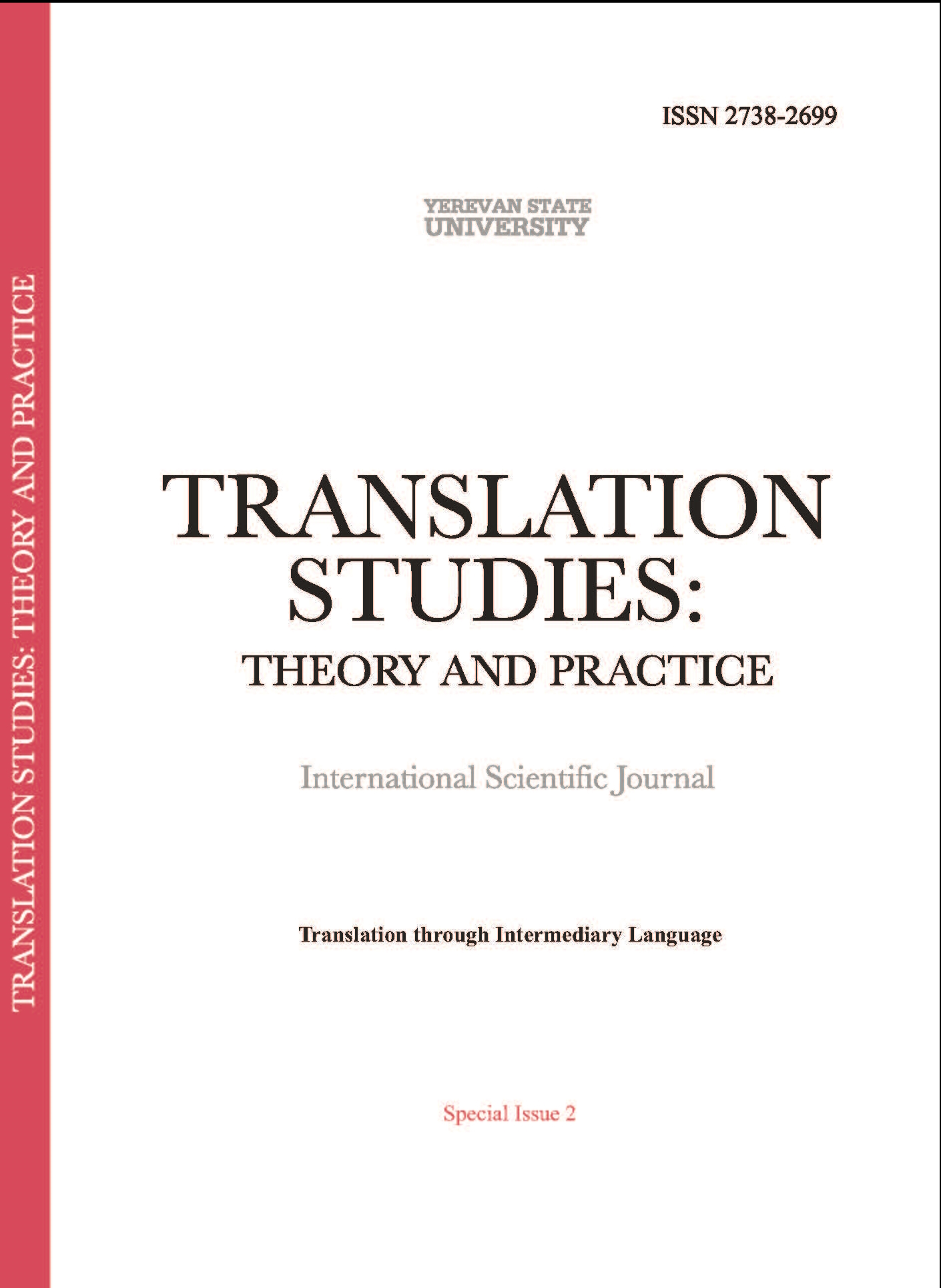Subtitling and Dubbing in Sex and the City and And Just Like That: Mediated Perspectives from English to Italian
DOI:
https://doi.org/10.46991/TSTP/2024.SI.2.135Keywords:
Sex and the City, And Just like That, translation, critical pointsAbstract
The aim of this paper is to analyse the Italian dubbed and subtitled translations of selected episodes from the American TV series Sex and the City and its sequel And Just Like That. The analysis delves into the translation from English into Italian of the dialogues that are imbued with cultural references. The study examines the translation choices concerning swear words and idiomatic expressions by comparing the dubbed and subtitled versions. Starting from Munday’s theories, it aims to identify critical points in translational decision-making, namely, phrases and fragments of dialogues that require particular interpretations on the part of the translator. The study attempts to determine the extent to which the approach to translation from English into Italian is target audience-oriented. Finally, by considering the concept of linguaculture, the work explores the impact of this approach on the target culture in order to compare the American and Italian linguacultures.
Keywords: Sex and the City, And Just like That, translation, critical points.
References
Agar, Michael. 1994. “The Intercultural Frame.” International Journal of Intercultural Relations 18(2):221-37.
Bosseaux, Charlotte. 2015. Dubbing, Film and Performance. Uncanny Encounters. New Trends in Translation Studies. Volume 16. Oxford: Peter Lang.
Chiaro, Delia. 2021. “Not in Front of the Children? An Analysis of Sex on Screen in Italy.” Linguistica Antverpiensia, New Series – Themes in Translation Studies 6:255-76.
Cordoba, Sebastian. 2023. Non-Binary Gender Identity. The Language of Becoming. London and New York: Routledge.
De Marco, Marcella. 2009. “Gender Portrayal in Dubbed and Subtitled Comedies.” In New Trends in Audiovisual Translation, edited by Jorge Díaz Cintas. Bristol, Buffalo, Toronto: Multilingual Matters, 176-94.
Díaz Cintas, Jorge, and Aline, Remael. 2014. Audiovisual Translation: Subtitling. London and New York: Routledge.
Filmer, Denise. 2021. “Linguistic Representations of Homosexual Identity in Bohemian Rhapsody and Rocketman across English and Italian Linguacultures.” Textus XXXIV (1 – January-April):203-27.
Harvey, Keith. 2000. “Gay Community, Gay Identity and the Translated Text.” TTR 13(1):137-65.
Hayes, Joseph J. 1976. “Gayspeak.” Quarterly Journal of Speech 62(3):256-66.
Moon, Igi. 2019. “‘Boying’ the Boy and ‘Girling’ the Girl: From Affective Interpellation to Trans-emotionality.” Sexualities 22(1-2):65-79.
Morini, Massimiliano. 2016. Tradurre l’inglese. Manuale pratico e teorico. Bologna: Il Mulino.
Munday, Jeremy. 2012. Evaluation in Translation: Critical Points of Translator Decision-making. London and New York: Routledge.
Nielsen, Harriet, Bjerrum. 2017. Feeling Gender. A Generational and Psychosocial Approach. London: Palgrave MacMillan.
Pavesi, Maria. 2005. La traduzione filmica. Aspetti del parlato doppiato dall’inglese all’italiano. Roma: Carocci.
Pérez-González, Luis. 2014. Audiovisual Translation. Theories, Methods and Issues. London and New York: Routledge.
Ranzato, Irene. 2012. “Gayspeak and Gay Subjects in Audiovisual Translation: Strategies in Italian Dubbing.” Meta 57 (2 - June):369-84.
Risager, Karen. 2005. “Languaculture as a key concept in language and culture teaching.” In The Consequences of Mobility. Linguistic and Sociocultural Contact Zones, edited by Bent Preisler, Anne H. Fabricius, Hartmut Haberland, Susanne Kjærbeck, and Karen Risager. Roskilde: Department of Language and Culture, Roskilde University, 185-96.
Risager, Karen. 2012. “Linguaculture and Transnationality. The Cultural Dimensions of Language.” In The Routledge Handbook of Language and Intercultural Communication, edited by Jane Jackson. London and New York: Routledge, 101-15.
Sandrelli, Annalisa. 2016. “The Dubbing of Gay-Themed TV Series in Italy: Corpus-Based Evidence of Manipulation and Censorpship.” Altre Modernità. Numero Speciale. Ideological Manipulation in Audiovisual Translation, 124-43.
Staples, Louis. 2022. “The Re-queering of Sex and the City.” Harpersbazaar. Accessed November 6, 2023. https://www.harpersbazaar.com/culture/film-tv/a38887399/and-just-like-that-queer-evolution-essay/
Veiga, Maria José. 2009. “The Translation of Audiovisual Humour in Just a Few Words.” In New Trends in Audiovisual Translation, edited by Jorge Díaz Cintas. Bristol, Buffalo, Toronto: Multilingual Matters, 158-75.
Zeng, Linxi. 2022. “The Role of Languaculture in Foreign Language Education: The Case in China.” In Advances in Social Science, Education and Humanities Research. DOI: 10.2991/assehr.k.220706.148
Downloads
Published
How to Cite
Issue
Section
License
Copyright (c) 2024 Michele Russo

This work is licensed under a Creative Commons Attribution-NonCommercial 4.0 International License.










